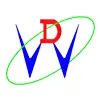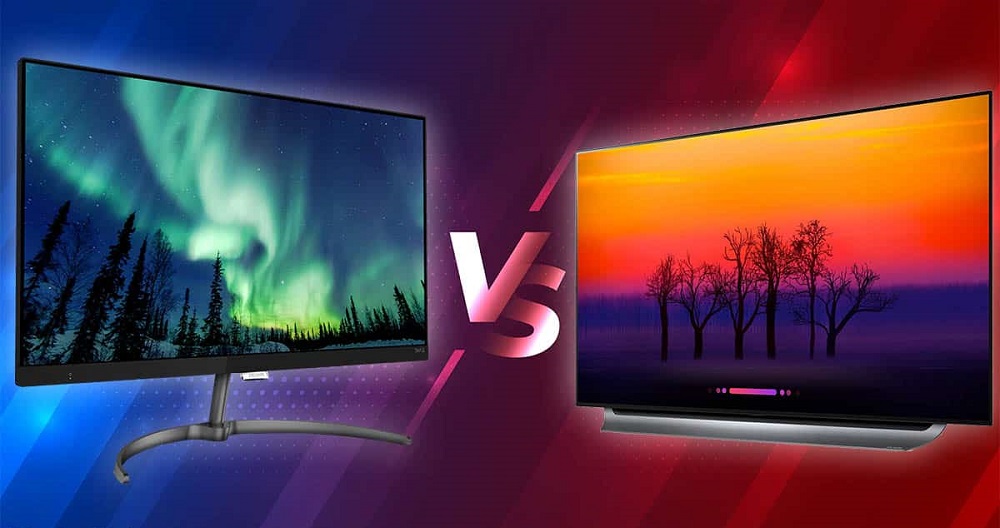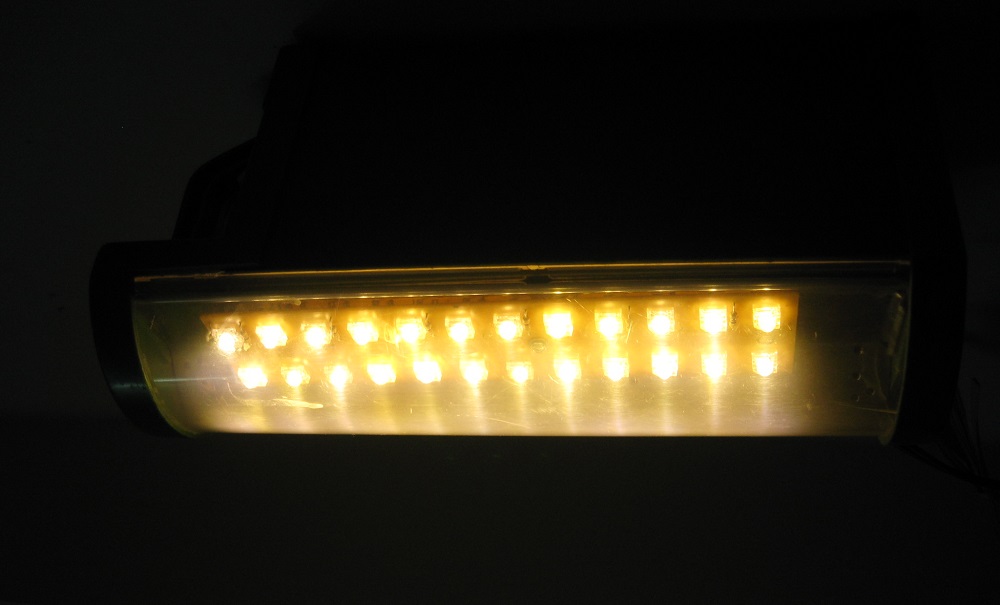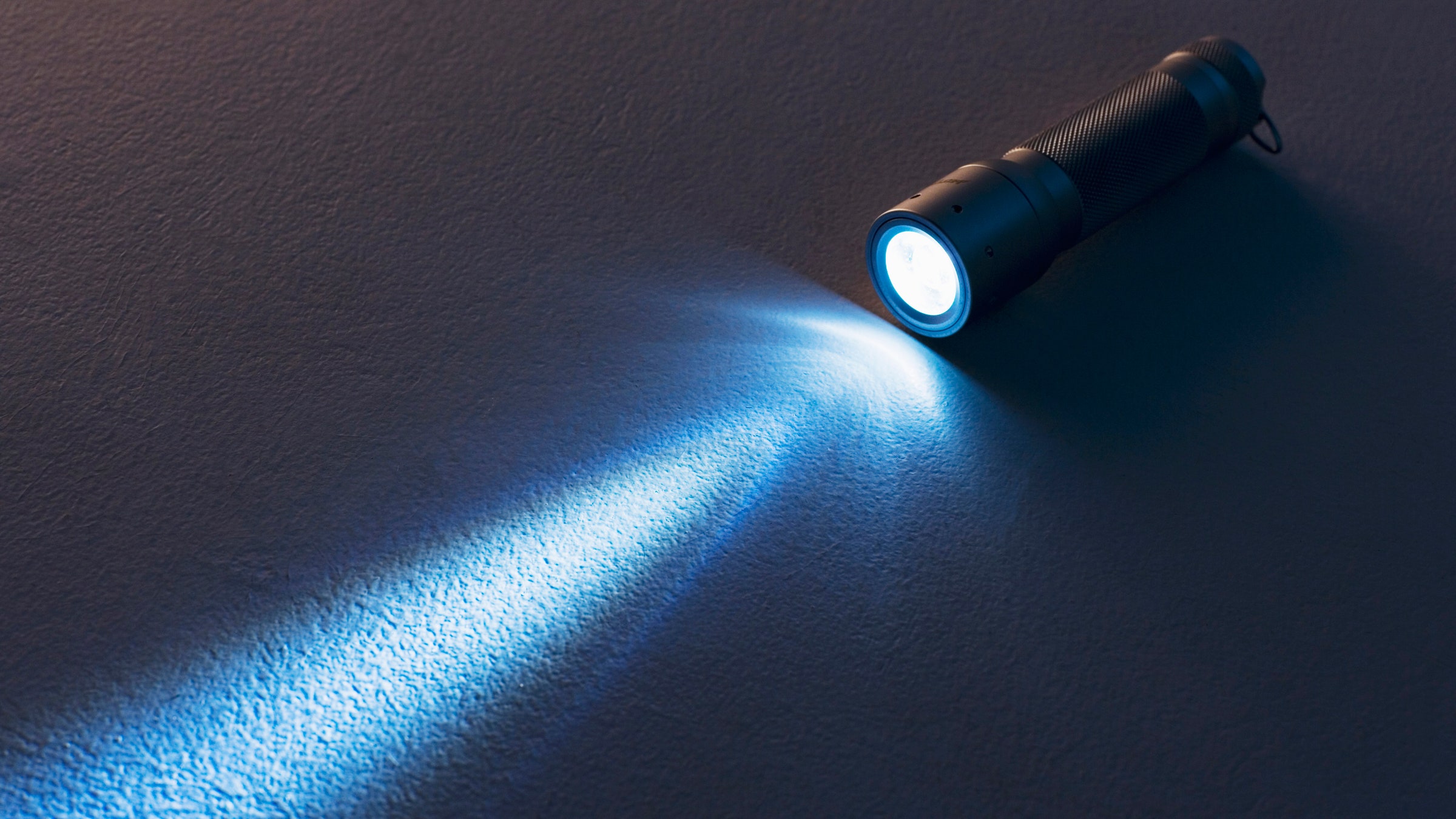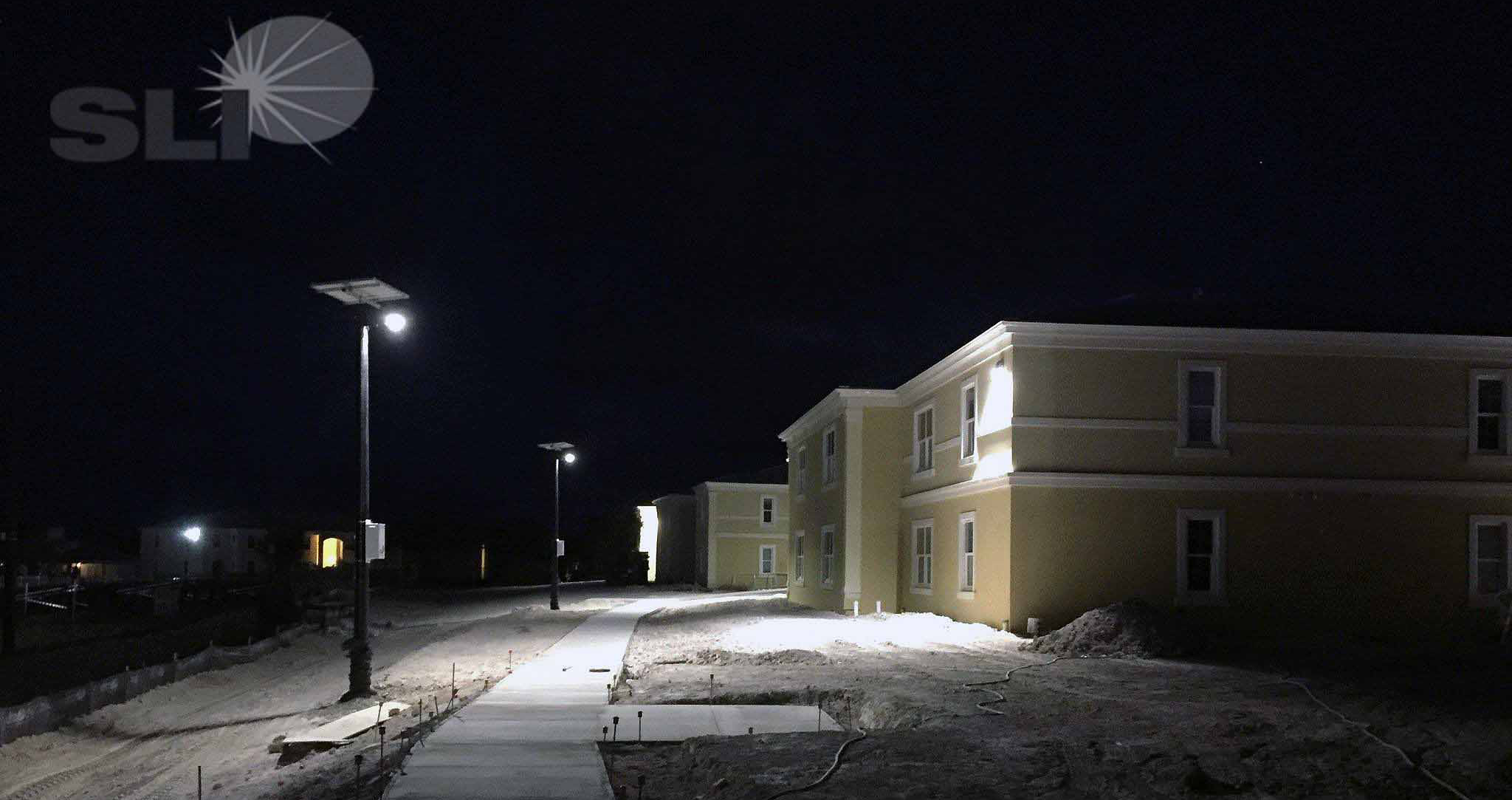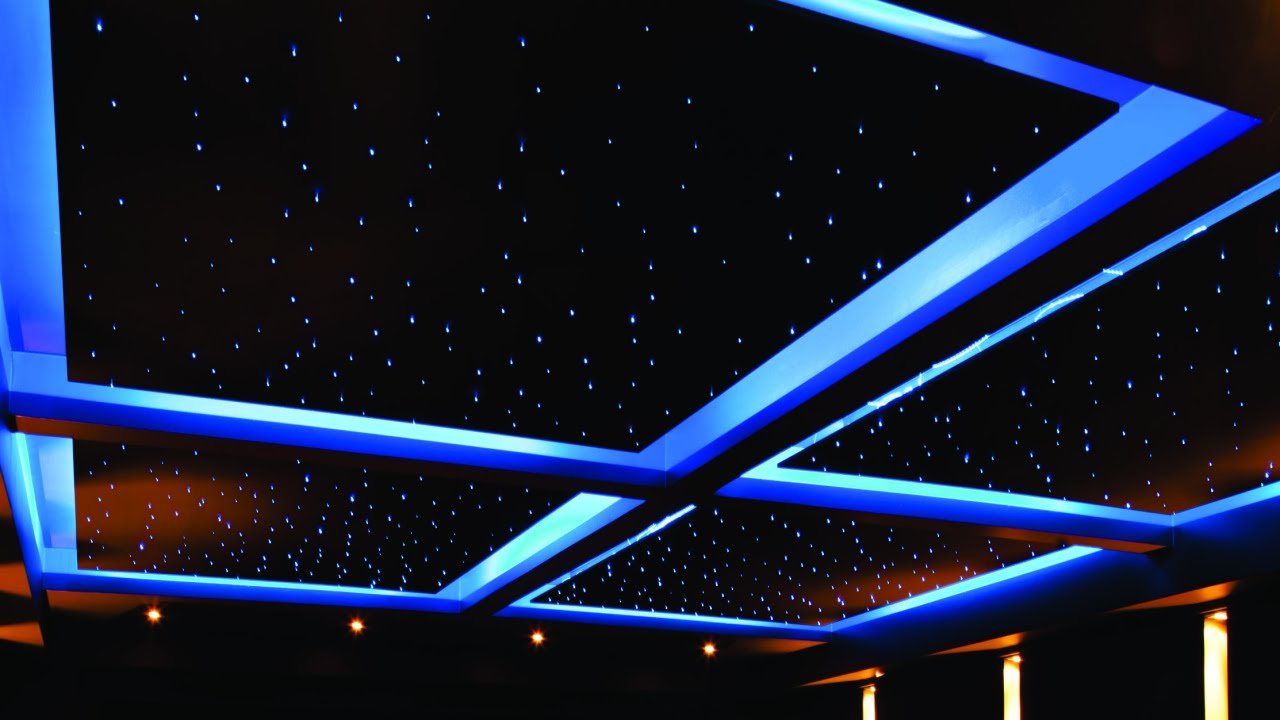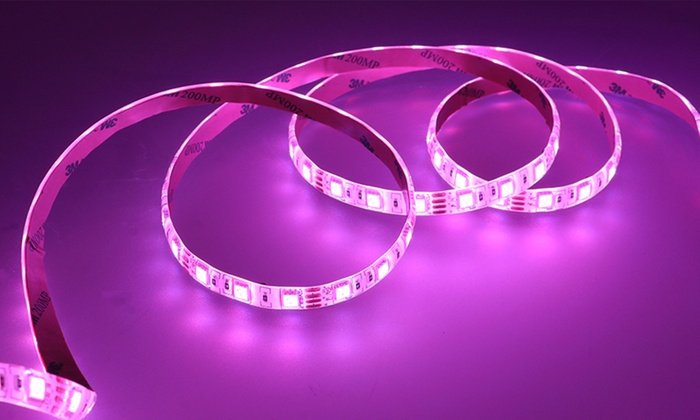LED Light Pollution:
For this topic, it is a universal problem with the development of the city and technology. Here are some aspects to be elaborated in this article.

Different Types of Light Pollution:
- This includes ultraviolet, infrared, blue-ray or other optical radiation.
- Obtrusive light: There are two types: direct and indirect. Direct obtrusive light refers to luminophore coming into sight with much higher brightness and could lower the visual resolving power, while indirect obtrusive light means luminophore not coming into sight but could damage the eyes of people after the reflection.
As the highest brightness of the LED screen is about 6000~8000 nits, this value doesn’t reach to the lowest brightness of the first point noted above. And we could see it belongs to the 2nd point above of obtrusive light.

Causes of Light Pollution on LED Screen:
- Personal reason: As the highest brightness of LED screens could reach even 8000 nits, it could bring severe LED light pollution during the night.
- Position: It would bring more light interference if people stand much nearer the LED screen.
- Observer: Different people would have different feelings about LED light pollution.
- Contents: If the contents on the LED screen change too much, or it is with too bright color, all these could bring light interference to people
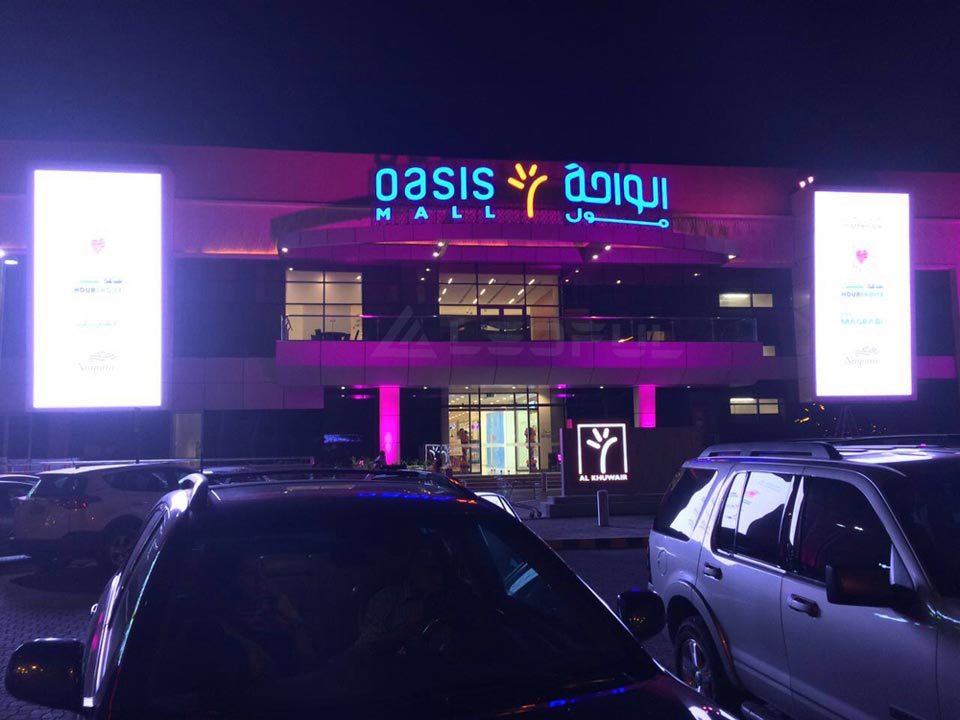
LED Light Pollution Reduction of LED Screen:
- Adjusting the brightness according to the environment: According to the research, if human eyes get accustomed to the environment of 800 nits, then they could see clearly in the environment about 80~8000 nits. Thus, it would be better to use ambient brightness monitoring equipment to adjust the LED screen in the range suitable for people to view. During the nights, the LED screen brightness should be under ten times of normal brightness.
- Cut blue-ray output: Irradiance measuring equipment could be used to test the blue light output.
- Control the spread of LED light: This needs to make sure the lighting direction is strictly limited during production.
- Manual brightness adjustment: If the auto-brightness sensor is defective to adjust the brightness automatically, then manual brightness adjustment could be made on the software.
- Improveproduct performance and quality: This needs the manufacturers to test the brightness outdoor and indoor in the factory.
- Adopt multi-level gray correction technology: This could improve the LED screen from 8 bit to 14 bit, which reduces LED light pollution to people.
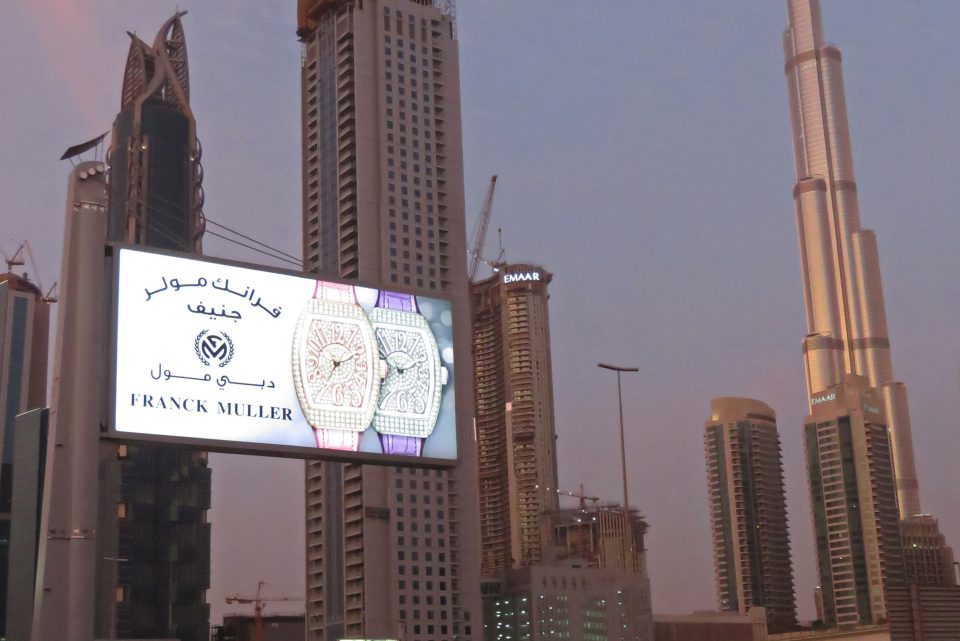
Although LED screen could bring LED light pollution, it is still applied widely in the whole world. This is decided by the following advantages:
☛ Small size. For LED, it is a small chip to be encapsulated inside the epoxy resin. So it is very small and light.
☛ Lower power consumption compared to the incandescent light bulb. For the LED, it is to transfer electric power into light directly, while the incandescent light bulb is to transfer electric power into light and heat energy. So LED saves much electric power. Besides, the luminous efficiency of LED is 8 times of the incandescent light bulb and could save about 80% electric power.
☛ Sturdy and durable. As the LED is encapsulated inside the epoxy resin, it is not easy to be damaged.
☛ Long life span. In theory, the life span of the LED could reach 100,000 hours.
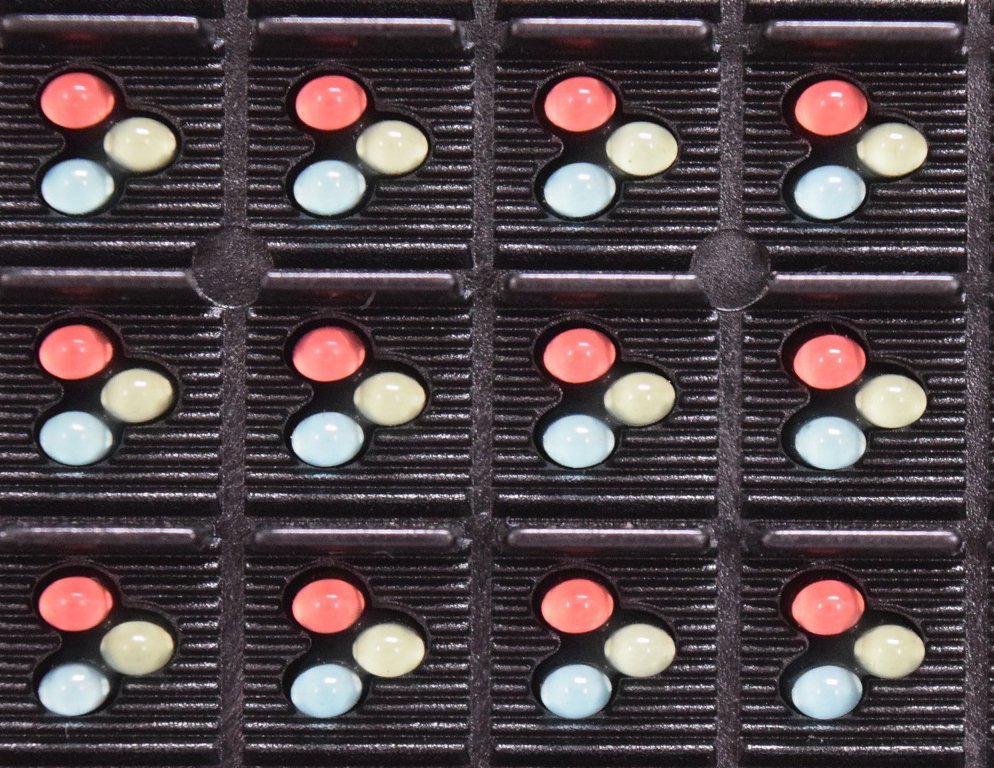
We look forward to LED light pollution could be well controlled and reduced in the future.
